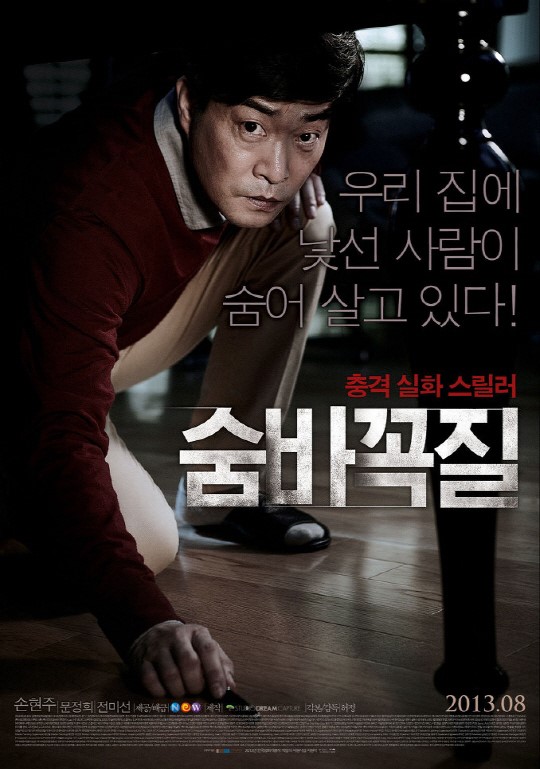Enough humble bragging. What I really want to write about is how to pass the TOPIK.
The best way is, most unhelpfully, however works best for you. There are tons of books, study guides, and classes out there geared for preparing you for the TOPIK. Your best bet is doing whatever you feel most comfortable with and whatever benefits you the most. I can only offer my personal opinion and advice based on what was best for me.
From this point on, I'm assuming that basic knowledge of the Korean language is something you already have. If not, I suggest learning through Teach Yourself Korean or Talk To Me In Korean. Both help you learn Korean from the very beginning,
I used 3 main resources to prepare for the test.
TOPIK Guide gives you a TON of information. Info about the test itself, vocab lists, writing tips...it's all there. Definitely something to check out. What I found most useful were the writing tips and the vocab lists. Everything is broken up by test level so it's easy to navigate.
This book was a lifesaver. It has all of the basic grammar points that you need to know for TOPIK levels 1 and 2. The presentation is great and it includes examples, dialogues, exercises, and useful explanations. While it's designed to be a compilation and review tool, it's layout can still help you learn things you have not yet been exposed to. Note: In Korea you can get this book MUCH cheaper than the link I posted. Try Kyobo Book or your local bookstore.
3. Practice!
The TOPIK website has a bank of previous tests that you can download and take. I highly recommend taking as many as you can. Don't do it casually tho. Take the test all at once and in the time that you get for the real deal. This will help you see at which points you get held up. Don't stop to look anything up either. Make a note of the question and then after you grade yourself, you will know what points you need to study more. Also practice your writing. Either get a Korean friend to grade your essays or use a website like italki or HaruKorean to practice. Starting in July, the beginner level test doesn't have a writing portion, but the intermediate/advanced level has an increased writing portion. Start practicing early so you'll feel more comfortable when the time comes.
As I said before, these are the things that worked for me. Different people will find the methods and tools that work best for them. That being said, I do believe that practice is the most useful tool for anyone. Through practice you can find your confidence. Once you have your confidence you will know when you are ready to take your test.
The next TOPIK test is on April 19/20 depending on where you live.
Good luck!








